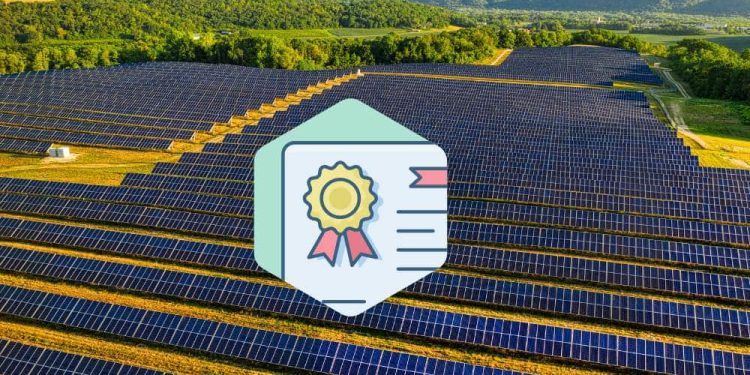Queensland is undergoing a major shift in how solar energy projects are assessed and approved. With the recent introduction of the Planning (Social Impact and Community Benefit) and Other Legislation Amendment Bill 2025, renewable energy proponents face new obligations designed to ensure projects earn a genuine “social license to operate.” For solar developers and investors, understanding these changes is critical to avoid costly delays and build stronger community relationships.
What is Queensland’s New ‘Social License’?
The term “social license” refers to the ongoing acceptance of a project by the local community and stakeholders. Unlike traditional regulatory approvals focused on technical and environmental compliance, the social license emphasises community involvement, social impact mitigation, and tangible local benefits.
Queensland’s new laws require all large-scale solar farms to undertake a rigorous Social Impact Assessment (SIA) before applying for development approval. This is coupled with a Community Benefit Agreement (CBA) that delivers real benefits tailored to the community’s needs.
Why the change?
Queensland’s rapid renewable energy expansion has faced criticism from communities concerned about the social and environmental footprint of projects. Previous planning frameworks varied widely across regions, with some local governments having limited tools to engage communities or manage cumulative social impacts.
The current government sees the reforms as a way to restore community confidence by standardising assessment processes and ensuring early, meaningful consultation. The goal is to avoid conflicts, improve project outcomes, and secure a stronger social license for the renewable sector.
Key elements of the new framework for solar projects
Mandatory impact assessment for all solar farms
All solar farms will now be impact assessable, meaning they must undergo a comprehensive assessment process led by the State Assessment and Referral Agency (SATA) for large-scale projects. This replaces the previous decentralised system where local governments assessed projects inconsistently.
Solar Impact Assessment (SIA)
Proponents must prepare for SIA that:
· Evaluates potential social impacts on the community
· Proposes mitigation strategies
· Includes ongoing monitoring and updates throughout the project’s lifecycle.
This assessment follows a newly legislated guideline that ensures transparency and consistency.
The CBA is a legally binding agreement between the developer and local stakeholders. It sets out commitments to deliver tangible benefits such as:
· Financial contributions
· Infrastructure improvements
· Community programs
This agreement is tailored to local priorities and helps build positive relations and acceptance.
Retrospective application
Importantly, these requirements apply not only to new projects but also retrospectively to projects currently under assessment. If a project lacks a compliant SIA or CBA, its approval process will be paused until these are submitted, potentially causing significant delays.
What this means for solar developers and investors
· Longer timelines: Impact assessments and community consultations can take up to 12 months or more, with possible further delays due to appeals.
· Increased costs: Preparing SIAs and negotiating CBAs require expert input and resources that must be factored into budgets.
· Community engagement is key: Early and genuine consultation is essential to identify community concerns and craft effective benefit agreements.
· Legal and approval risks: Failure to comply with new requirements could stall projects indefinitely or lead to legal challenges.
· Opportunities in Priority Development Areas (PDAs): Some projects in PDAs might qualify for streamlined ‘accepted development’ status, offering a potential pathway to reduce delays.
Practical steps to navigate the new requirements
· Start early with community engagement: Engage local stakeholders and councils as soon as possible to understand their expectations and priorities.
· Commission a robust social impact assessment: Work with experienced consultants to evaluate all potential social impacts comprehensively and develop mitigation plans.
· Negotiate a meaningful community benefit agreement: Design benefit packages that are relevant and valued by the host community, enhancing goodwill and social licence.
· Factor in potential delays and costs: Adjust project timelines and financial models to accommodate the new regulatory hurdles.
· Monitor legislative updates: Keep abreast of further amendments and consultation outcomes to ensure compliance and leverage any opportunities, especially regarding PDAs.
Queensland’s new social license requirements mark a significant evolution in renewable energy project approvals. While they introduce added complexity and potential delays, these reforms are designed to foster better outcomes for communities and developers alike.
By proactively embracing the social impact and community benefit framework, solar project proponents can not only comply with the law but also build lasting relationships that support sustainable growth in Queensland’s renewable energy sector.
















